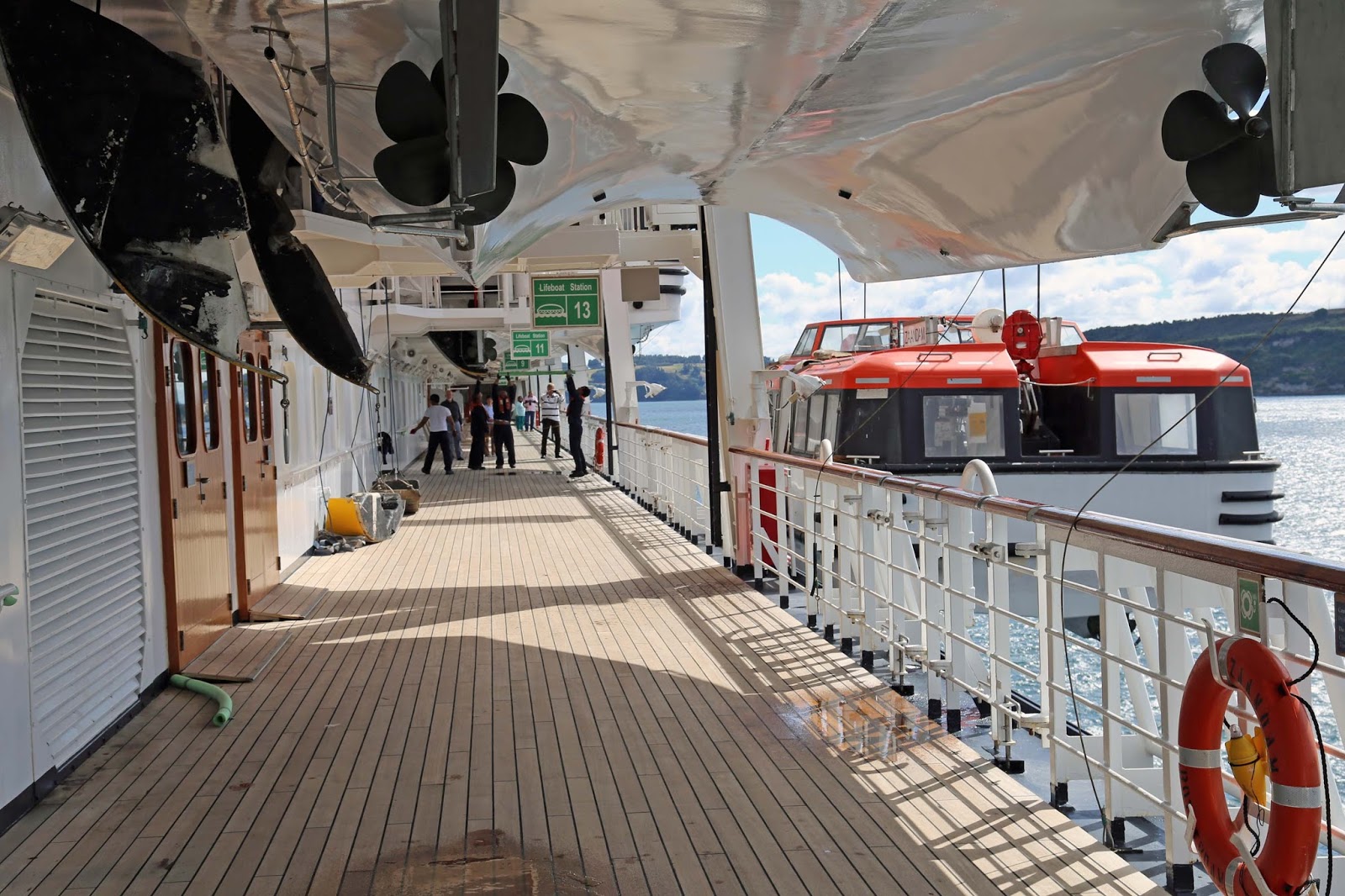Puerto Montt is a fairly good sized city with about 200,000 people living there. Here is what Wikipedia has to say about the city.
"Puerto Montt is a port city and commune in southern Chile, located at the northern end of the Reloncaví Sound in the Llanquihue Province, Los Lagos Region, 1,055 km to the south of the capital, Santiago. The commune spans an area of 1,673 km2 (646 sq mi). It is bounded by the communes of Puerto Varas to the north, Cochamó to the east and southeast, Calbuco to the southwest and Maullín and Los Muermos
to the west. Founded as late as 1853 during the German colonization of
southern Chile, Puerto Montt soon outgrew older neighboring cities due
to its strategic position at the southern end of the Chilean Central Valley being a gateway city into Chiloé Archipelago, Llanquihue and Nahuel Huapi lakes and Western Patagonia.
Puerto Montt has gained renown and grown significantly due to the
rise of Chile as the second largest salmon producer of the world during
the 1990s and 2000s. However, the Chilean salmon aquaculture crisis of the late 2000s resulted at least temporarily in severe unemployment and exposed weaknesses in the local economy. The city's cultural heritage mixes elements of Chiloé culture
with German heritage although the city has attracted a significant
number of newcomers from all over Chile in the last 30 years due to
employment opportunities."
We actually didn't spend much time in Puerto Montt. When we got off the ship, we got on a bus and headed for Puerto Varas, a resort city about 12 mile north of Puerto Montt.
Puerto Varas is a nice city on the shores of Lake Llanquihue. More from Wikipedia:
Puerto Varas is a city and commune located in the southern Chilean province of Llanquihue, in the Los Lagos Region. The city is well known for its German traditions, its food, its fish and seafood, the natural environment, its casino and 5 star hotels. Only 20 kilometres (12 mi) from Puerto Montt, located on the shore of the Llanquihue Lake, one of the largest natural lakes in South America. The perfect cone of Osorno Volcano and the snowcapped peaks of Mt. Calbuco and Mt. Tronador
are clearly visible from the lakefront. Puerto Varas is the
southernmost of a string of towns on the western shore of Llanquihue
Lake that includes Frutillar, Llanquihue and Puerto Octay. The city of Puerto Varas, also known as "La ciudad de las rosas" or “the city of roses”, was founded in 1854 by Vicente Pérez Rosales.
The Chilean government encouraged German immigration in 1848, a time of revolution in Germany. Before that Bernhard Eunom Philippi recruited nine working families to emigrate from Hesse to Chile.
German Colonization in Chile took place in the nineteenth century by German immigrants.
Thanks to the "selective immigration law" enacted in 1845, more than
6,000 families (between 30,000 and 40,000 Germans) settled in the area
of Valdivia, Osorno and Llanquihue in the towns of Frutillar, Puerto Octay, Puerto Varas, Faja Maisan and Puerto Montt all areas known as Northern Patagonia, in the south of the country.
The exact number German-Chileans
is unknown, because many of the early arrivals' descendants have
intermarried and assimilated over the past 150 years. Almost 56,000 are
known to have been born in Germany (2009), and approximate figures
suggest 500,000 to 600,000 direct descendants.
The German military culture had great influence on the Army of Chile. At the end of the 19th century, adopted the Prussian military tradition, especially after the Civil War of 1891. A German-Chilean, Emil Körner, reached the rank of commander-in-chief of the Army in 1900.
Subsequently, a new wave of German immigrants arrived in Chile, with many settling in Temuco, and Santiago.
Note the German architectural influence on the church and the building below.
We will take a boat tour of Lake Llanquihue near a resort hotel just outside of Puerto Varas.
It isn't a large boat but it gets the job done.
There is a large volcano out there trying to peak through the clouds.
Osorno is an impressive but dormant volcano.
Our tour boat.
The Rio Petrohue.
This is Mt. Calbuco, an active volcano that erupted last in 1972. These volcanoes are all a part of the "Ring of Fire".
This is a German school complex. German is still taught and is a second language in Puerto Varas.
Note again, the German architecture.
The ms Vaandam from a tender boat in Puerto Montt.
A local tour group buzzing our ship.
A tender ready to be off loaded and winched back onto the ship before we leave port.
The Crystal Symphony was also in port with us.
Puerto Montt.
We are ready to sail after the last tender is on board. We will be at sea tomorrow as we head for our final port on the cruise, Valparaiso, Chile.






















































No comments:
Post a Comment